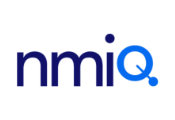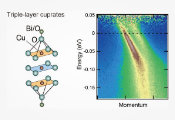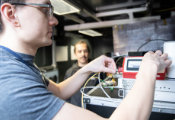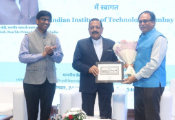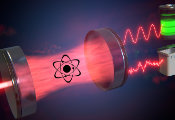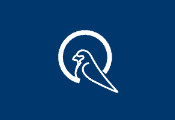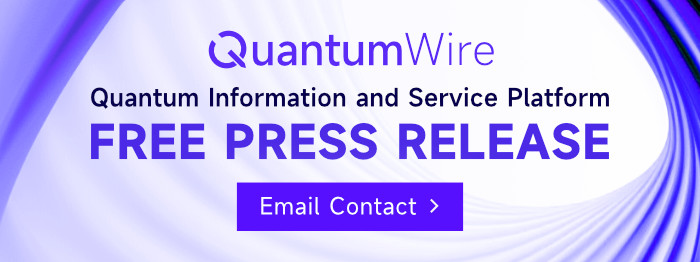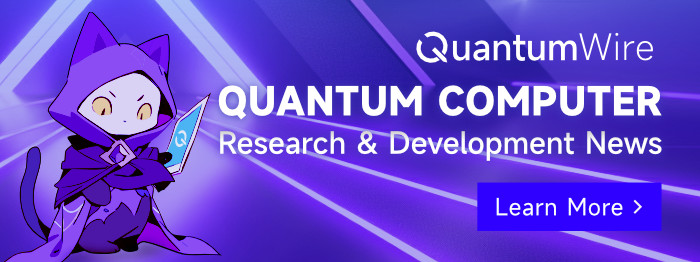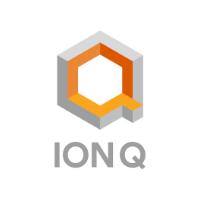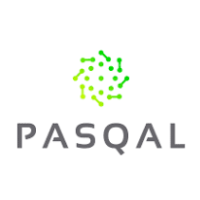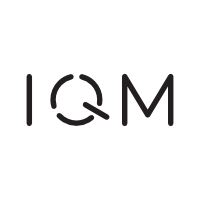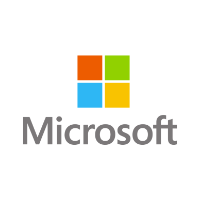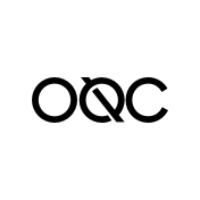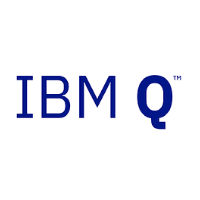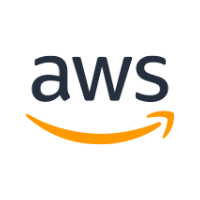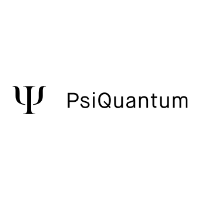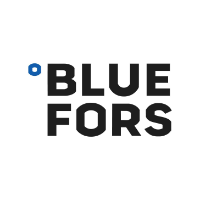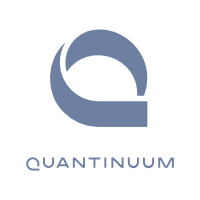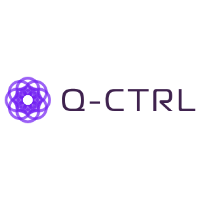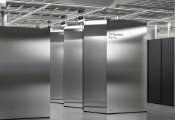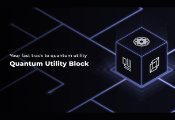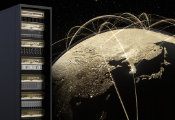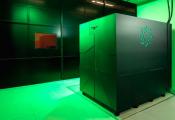Quantum Keys for Technological Sovereignty
November 25 2025 -- As part of the QuNET project, researchers have demonstrated how quantum key distribution works reliably via hybrid and mobile channels. The results are milestones for sovereign, quantum-secured communication in Germany and have now been published in the renowned journal New Journal of Physics.
Quantum communication is considered a crucial technology for long-term data security and thus also for technological sovereignty in Germany and Europe. At its core is the distribution of secure cryptographic keys based on quantum physical processes – quantum key distribution (QKD). QKD will not only be important for highly secure communication in government agencies, the military, and businesses, but will also help protect the data we use in our daily lives.
The German Federal Ministry of Research, Technology and Space (BMFTR) is funding the research of various technologies for generating and transmitting quantum keys as part of the QuNET research project with 125 million euros. The Fraunhofer IOF is involved in the project together with Fraunhofer HHI, the Max Planck Institute for the Science of Light in Erlangen, the Friedrich Alexander University of Erlangen-Nuremberg, and the DLR Institute of Communication and Navigation in Oberpfaffenhofen.
In 2021, the project partners demonstrated the first quantum-secured video conference between two federal authorities in Bonn, followed in 2023 by the demonstration of an ad hoc point-to-point connection in Jena. In 2024, personal data was transmitted from Berlin's metropolitan fiber optic network to the Federal Printing Office, and in 2025, quantum information were exchanged in another experiment using a research aircraft from the German Aerospace Center.
Based on these experiments, a scientific article has now been published in which the participating institutes show how they can use and combine a whole range of different technologies for quantum-secured communication. This is an important step on the way to the supraregional use of quantum technology.
Hybrid and mobile quantum channels successfully tested
Quantum signals are extremely fragile, often consisting of only a few photons (light particles). Their transmission via optical fiber is highly demanding, but proven, and offers an unprecedented level of security. Several systems have now been tested in Jena that allow quantum keys to be transmitted even through turbulent air. This is the path to highly mobile and ad hoc connections. For example, it can be used to bridge gaps in optical fiber networks. The challenge here is to connect fundamentally different hardware and software components.
"We have demonstrated that different QKD protocols and link types can be integrated into a functioning overall network. This heterogeneity has not yet been published anywhere in the world," comments Dr. Matthias Goy from Fraunhofer IOF on the technical article, which was published in the renowned journal New Journal of Physics.
One focus of the work is on the technical methods used to enable stable quantum channels in free-beam systems, even in the presence of atmospheric turbulence. In addition, the team integrated free-space links into existing fiber networks, thereby creating a future-proof urban network for the quantum age. The results are a key component in establishing technological sovereignty in the field of quantum communication as a key technology in cybersecurity research. "This allows us to build technological expertise in Germany and reduce dependencies in a security-critical field of the future," emphasizes Dr. Goy.
Next step: a hybrid Germany-wide quantum network
So far, quantum-secured connections have been tested via local fiber and free-space networks. The next step is to demonstrate the developed technologies in a Germany-wide network of nodes in Berlin, Jena, Erlangen, and Oberpfaffenhofen. To this end, a distributed network of fiber and free-space links as well as optical ground stations is planned for future satellite-based quantum communication. “We are thus preparing the transition from local test tracks to scalable networks,” says Goy. The long-term goal is to establish a sovereign quantum network that ensures secure communication for the state, the economy, and critical infrastructures.


